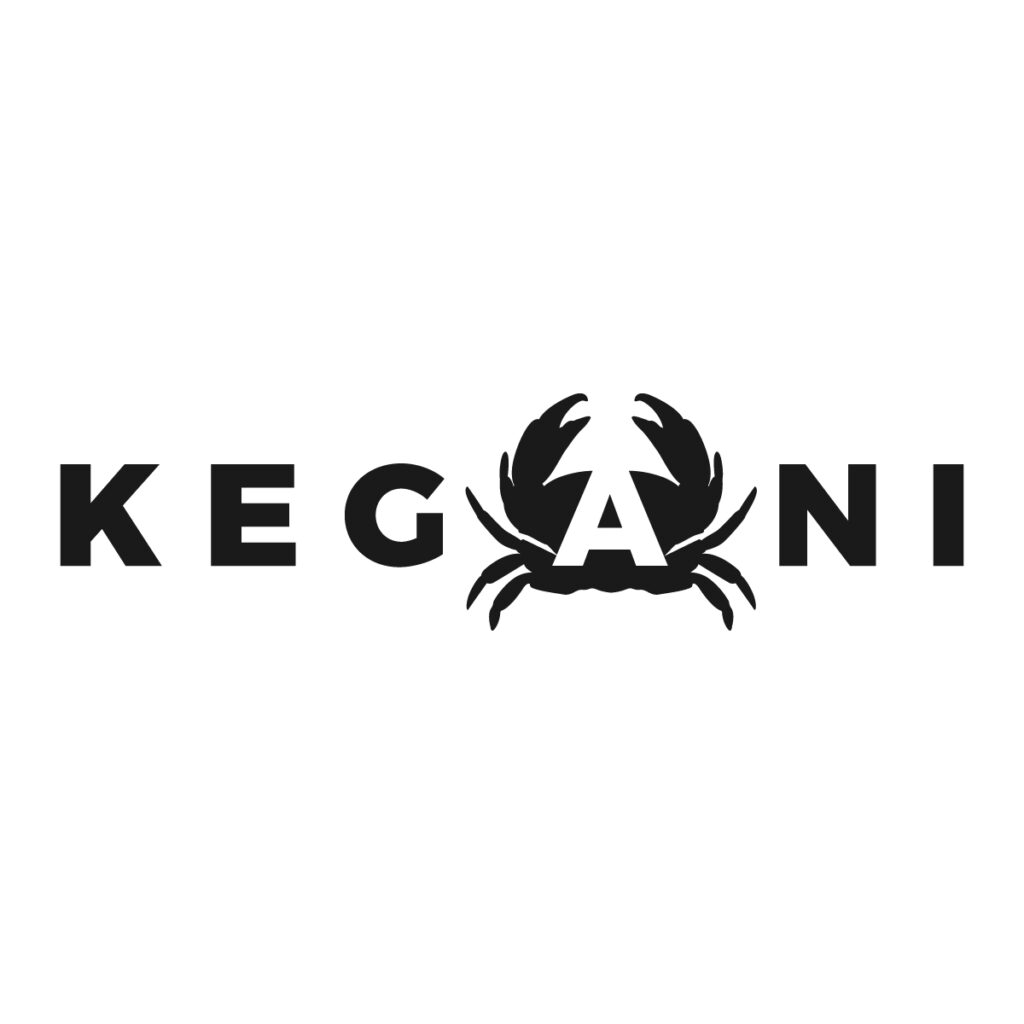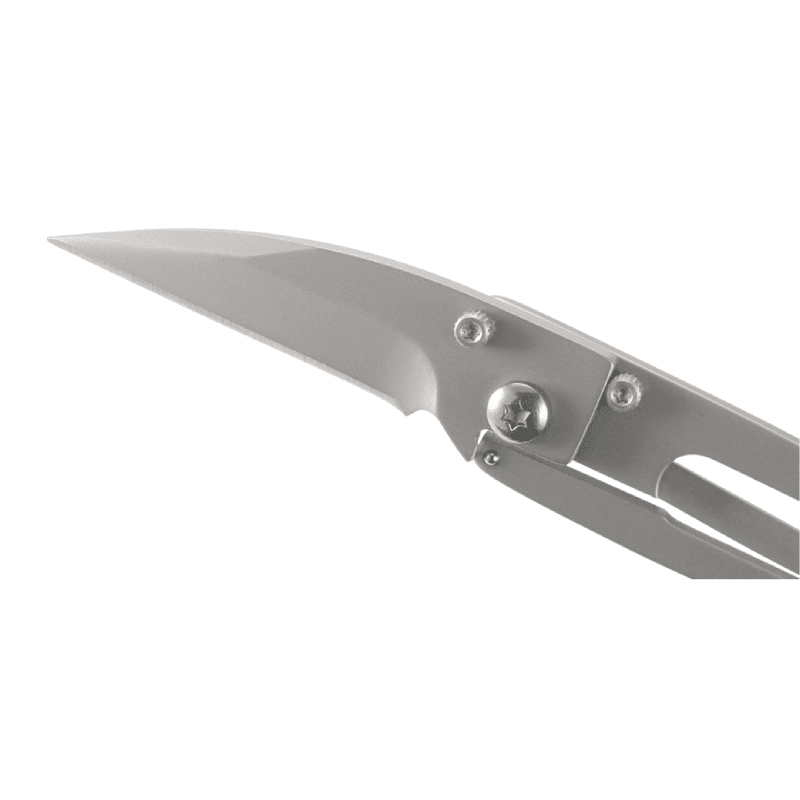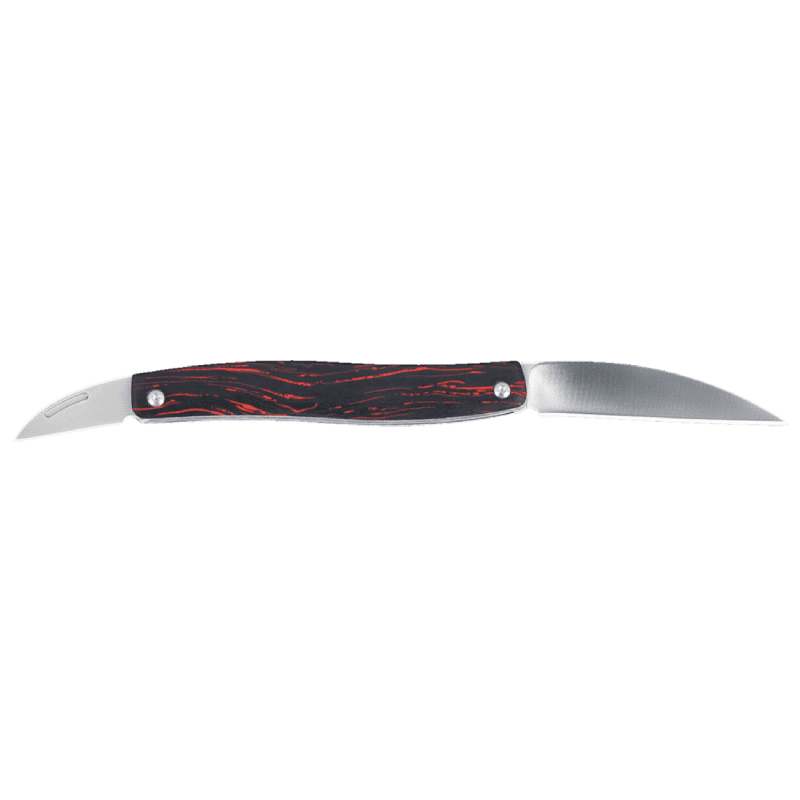When exploring the diverse world of knives, the Wharncliffe blade stands out for its distinctive straight edge and unique profile. As a seller, knowing the ins and outs of this type of blade can be a valuable asset. With some insight, you’ll quickly see how the Wharncliffe knife could become an essential part of your toolkit.
What is the Wharncliffe blade?
When you’re eyeing a Wharncliffe knife, there are two main things you’re looking at: the specific shape of the blade and the edge profile. These elements define the utility and uniqueness of this type of knife.
Blade shape and edge profile
The defining feature of a Wharncliffe blade is its straight edge which runs parallel to the handle. This design ensures that the cutting edge maintains consistent contact with the material you’re slicing, aiding in precise and controlled cuts. Its lack of a belly—common on other blade types—makes it less suited for slicing or skinning but excellent for tasks requiring straight, smooth cuts.
Tip and spine design
The spine of a Wharncliffe knife usually has a gradual taper leading to an acute point. This tip is positioned more in line with the blade’s lower cutting edge, which differs from other styles where the tip may be higher or more pronounced. The benefit of this design is greater control and stability, especially when applying downward pressure during a cut.
This blade type also tends to have a stronger tip than many other shapes, which can be a significant selling point for potential buyers. The straight edge provides a uniform cutting experience, and the robust tip allows for intricate work without fear of the tip breaking.
The original Wharncliffe blade: A brief history

The Wharncliffe blade’s story begins around 1820 with an English nobleman, Lord Wharncliffe. Dissatisfied with the common “spring-knives” of his day, he collaborated with Archdeacon Corbett to design a superior blade. They presented their revolutionary concept to the esteemed Sheffield cutler, Joseph Rodgers & Sons, who first produced it in 1832.
The design was a masterclass in utility. It reversed traditional profiles with a perfectly straight cutting edge for unmatched control and a robust, curved spine that tapered to an exceptionally fine point. This made it ideal for demanding tasks like carving and woodworking, drawing parallels to the historic Viking Seax.
While born as a gentleman’s utility tool, the Wharncliffe’s design has proven timeless. Its modern resurgence as a tactical blade was famously championed by expert Michael Janich in the late 1990s. His work led to iconic models like the Spyderco Yojimbo 2, cementing the Wharncliffe’s legacy.
For sellers, this history is a powerful narrative—a blade that evolved from a 19th-century workhorse into a celebrated icon of modern performance and design.
Start Working with a Professional Now
Pros and cons of Wharncliffe knives
Wharncliffe knives come with their own set of advantages and disadvantages:
Advantages of the Wharncliffe blade
- They offer unmatched control and accuracy because the straight edge remains in constant contact with whatever you’re cutting.
- The robust tip is perfect for puncturing dense materials such as cardboard, leather, or foam.
- They make neat, even cuts on a variety of materials, from paper and cloth to meats and vegetables, leaving no rough edges.
- Their straight design allows for rapid and effortless removal from a sheath.
- Sharpening them is a breeze thanks to their straight edge.
Disadvantages of the Wharncliffe blade
- The lack of a curved edge, or “belly,” means they’re not as effective for deep, sweeping cuts into thick or fibrous materials.
- The tip isn’t as adaptable as a clip-point for intricate or fine work.
- They’re not the best choice for chopping since the slim blade focuses force onto a smaller surface area, which can be less effective.
- The straight, slender tip may not be as practical for piercing.
- The straight, slender tip of a Wharncliffe blade is generally stronger than a clip-point tip, but it may not be as robust as a tanto or spear point when it comes to heavy-duty piercing or prying tasks.
Common uses for a Wharncliffe blade
Wharncliffe blades shine in a variety of settings:
For precision
- Wharncliffe blades are a top choice for exacting tasks. From detailed carving and whittling to professional crafts like leatherworking and model making, the straight edge offers unmatched stability and control.
- The blade’s design ensures smooth, steady push-cuts from tip to base, delivering scalpel-like accuracy for any detailed work.
For daily use
- These blades are powerhouses for day-to-day jobs. Opening packages, slicing through boxes, or trimming cable ties becomes effortless.
- Their robust, straight tip excels at piercing through sturdy materials such as leather, cardboard, or foam.
- Expect clean cuts across different materials, from fabric and paper to meats and veggies, without any rough edges.
For outdoor activities
- Hunters favor the Wharncliffe for its clean, precise cutting ability, essential for dressing game and skinning.
- Fishermen find the blade’s straight cuts ideal for filleting fish neatly.
- Camp Chores: Excels at making feather sticks for fire-starting due to its exceptional control.
For tactical & self-defense
- In modern tactical applications, the Wharncliffe is valued for its specific cutting mechanics. The design’s strengths are leveraged for controlled slicing and slashing rather than for forceful stabbing.
- The straight edge allows the user to apply consistent, powerful pressure throughout a cut. Its fine, needle-like point is highly effective at initiating a cut by piercing soft materials like thick fabric.
For emergency situations
- First responders rely on the Wharncliffe blade’s quick and efficient cutting to safely extricate people from debris and wreckage.
Start Working with a Professional Now
Is a Wharncliffe blade good for self-defense?
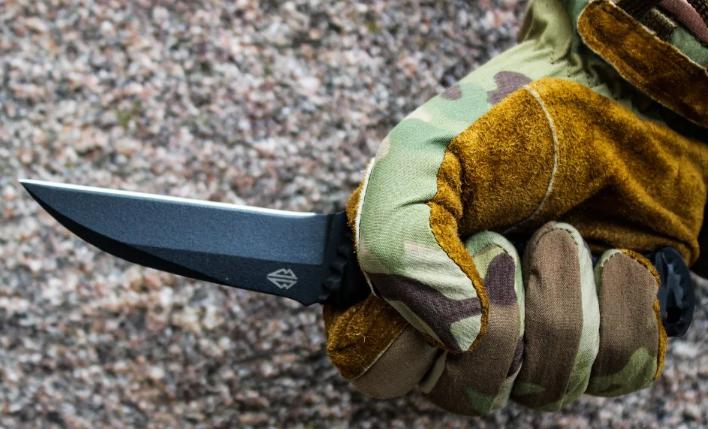
A Wharncliffe blade typically isn’t the top pick for self-defense for several reasons:
- Its straight, narrow design doesn’t lend itself to powerful penetration or delivering the kind of severe wounds that could deter an attacker.
- Blades like drop-points or tanto are usually more effective in a self-defense scenario.
- The Wharncliffe’s understated look doesn’t have the same intimidating presence as more tactical knives.
- While it’s possible for someone with skill to use a Wharncliffe defensively, it’s not what this blade is built for, and it would take proper training to do so effectively.
Wharncliffe vs. Other Blade Shapes
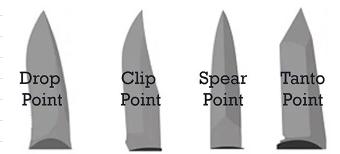
Wharncliffe vs. Drop Point
The drop point blade, with its robust tip and gently curving edge, is a versatile tool celebrated for both piercing and slicing. However, its shorter cutting edge and curved profile can feel less precise than the Wharncliffe when tackling tasks that demand meticulous control.
The Wharncliffe’s straight edge shines in these situations, offering superior stability and accuracy for carving wood, slicing rope, or any task where a clean, straight cut is essential. However, the Wharncliffe’s straight edge can be less adept at piercing tasks compared to the drop point’s sturdy tip.
The Wharncliffe’s extended straight edge shines in these scenarios, offering efficient, smooth cuts for tasks like slicing paper or fabric. On the downside, the Wharncliffe’s point, while sharp, is not as robust as the clip point’s, making it less suitable for heavy piercing.
Wharncliffe vs. Tanto
Tanto blades are renowned for their strength and piercing capabilities, with a reinforced tip that excels at penetrating tough materials. Their robust design makes them ideal for heavy-duty tasks and self-defense situations. However, the tanto’s short, angled edge is less suited for delicate cutting or slicing tasks that require precision.
The Wharncliffe’s long, straight edge offers a significant advantage in these situations, providing clean, controlled cuts. However, the Wharncliffe lacks the tanto’s strength and piercing capabilities, making it less suitable for heavy-duty tasks.
Wharncliffe vs. Sheepfoot
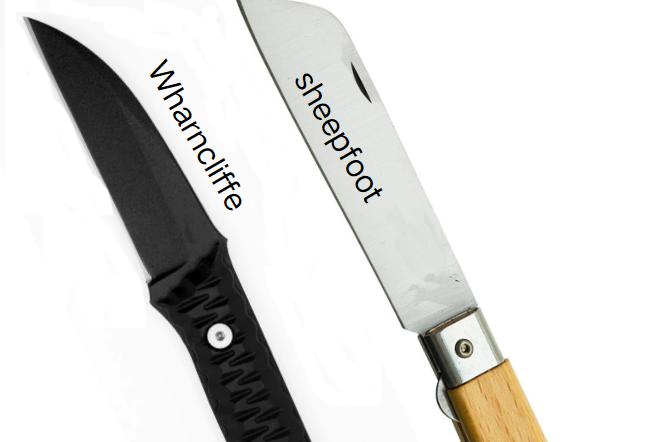
The sheepsfoot, with its straight edge and rounded tip, shines in safety-focused tasks like food prep and whittling. Its blunt tip prevents accidental punctures, while the straight edge offers excellent control for slicing. However, this design falls short when piercing or detailed work is required.
The Wharncliffe blade builds upon the sheepsfoot’s strengths. It keeps the straight edge for controlled cuts but adds a sharp point, extending its capabilities to piercing, scoring, and fine work. This makes it a versatile choice for various tasks, from opening packages to intricate carving.
Additionally, the tip’s position makes it susceptible to breaking under excessive force.
Wharncliffe vs. Clip Point
Clip point blades boast a slender tip ideal for piercing and detailed cutting tasks. Their thinner profile allows for greater maneuverability in tight spaces, making them popular for tasks like skinning game or intricate wood carving. However, the clip point’s shorter cutting edge can feel limiting when dealing with larger materials or longer cuts.
Having Wharncliffe blade in your arsenal
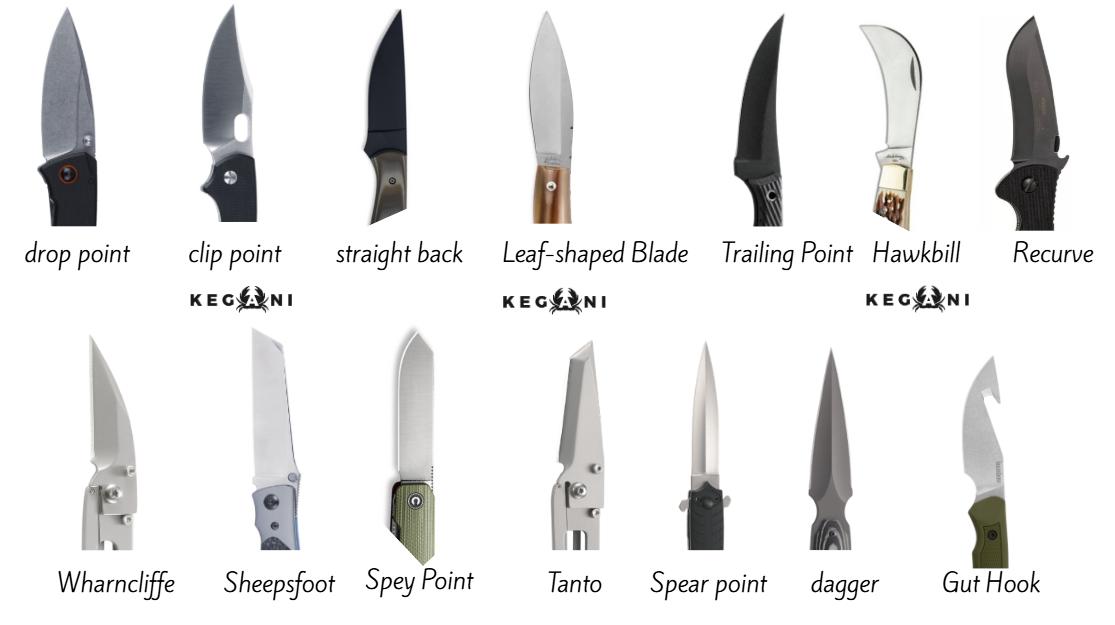
Looking to enhance your product range with practical and popular knife options?
The Wharncliffe blade’s unique characteristics cater to a diverse market seeking utility and quality.
Your knowledge of the Wharncliffe blade’s advantages gives you leverage in the competitive market of knife selling. Use the information wisely to provide value to your customers and grow your business.
If you’re looking to stock up on Wharncliffe blade knives and want to get them straight from the source, don’t hesitate to reach out. At keganico.com, Whether you’re selecting from our catalog or planning to manufacture a custom design, ask for a free quote on sourcing from China. Expand your inventory with confidence and support from your dedicated sourcing partner.
